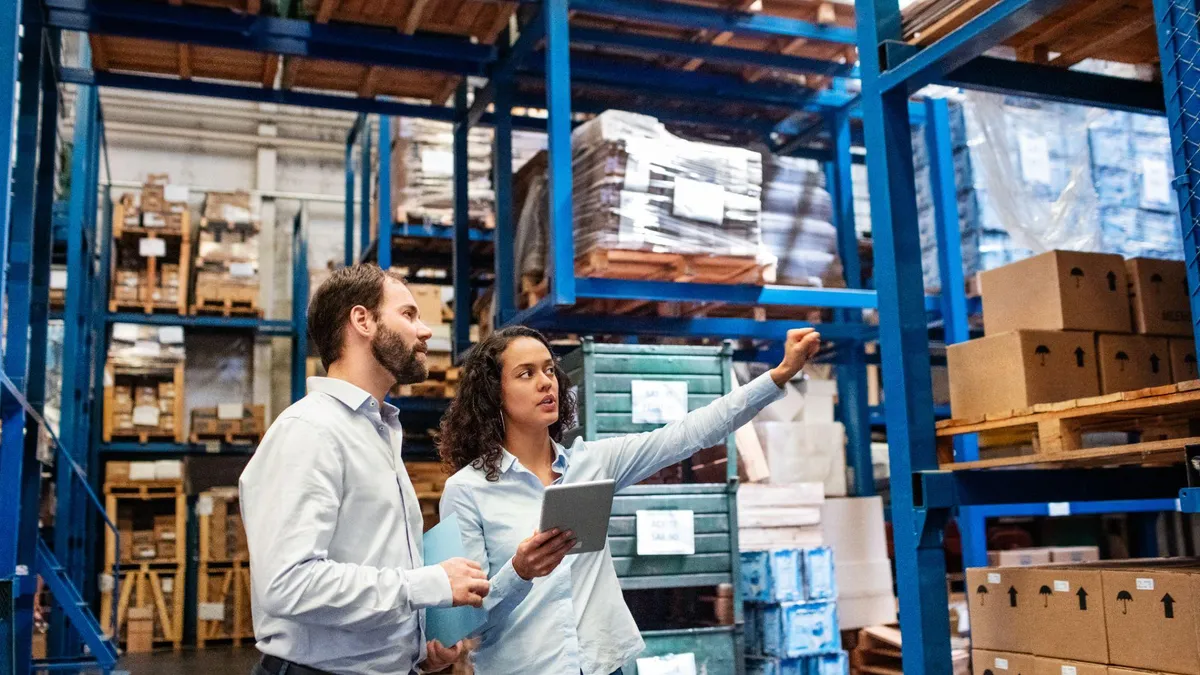The arrival of the pre-holiday season often brings with it a sense of urgency and a need for preparedness amongst manufacturers. Anticipation sets in around potential delivery delays, price inflation and supply chain issues, with a looming threat around security—of inventory, assets, employees and spaces.
Agility, visibility and connectivity are all essential when it comes to keeping your warehouse or distribution center secure—not just during the holiday season, but all year. While you can’t rely on a grinch’s heart to grow three sizes, you can rely on the cloud to help maintain security in both digital and physical spaces.
Taking a unified approach to deter threats
A grinch can appear in many different forms when it comes to your supply chain. From a customer data breach to a lack of adherence to physical security to a flood in your warehouse, there are a wide range of opportunities for risk that could lead to a downturn during your busiest seasons.
The best way to keep big green threats out of your business? Take a unified approach and move to a single cloud-managed platform that derives increasing value by learning from its users, managing costs, maximizing resources and improving worker experiences.
Whatever your specialty or market, this strategy features six ways that will enhance security for distributors and manufacturers alike, all year round.
-
More visibility: Deploying cloud-managed smart cameras vastly reduces reliance on hourly security rounds by hard-to-retain guards, freeing them to explore actual incidents and monitor warehouse cameras via a centralized dashboard that displays crisp video, regardless of where it’s being accessed.
-
Environmental monitoring: According to a recent Supply Chain Dive survey, a majority (88%) of manufacturers expect higher prices for supplies during peak season because of inflation. This means a much greater emphasis on protecting those assets. Get alerts when expensive manufacturing equipment is endangered by environmental hazards. The Greater Wichita YMCA, for example, avoided a “potential catastrophe [of] hundreds of thousands of dollars” when an outage knocked out power and air conditioning. Organizations can avoid potential catastrophe that could cost hundreds of thousands of dollars or more with the use of temperature sensors.
-
Simplification strategy: Working with fewer vendors reduces complexity—the enemy of security. Configuration, maintenance and usage are simpler and as a result, IT or security teams can more easily deploy these solutions—which upgrade automatically—and employees can seamlessly use them across devices.
-
Built-in security: Appliances that include built-in SD-WAN capabilities provide ease-of-installment and remote management via a dashboard. If something goes wrong at your warehouse, your team can address it from anywhere.
-
Closed doors: Sensors (connected to alerts that send SMS and emails to IT or security team members) facilitate making sure specific areas like manufacturing spaces or the CEO’s office remain off-limits to all but a handful of authorized people.
-
Adaptable signage: Human resources or other authorized users can use smart cameras to check signage—like reminders to put on PPE or sign up for benefits—in work areas to see if messaging needs refreshing for updated health, safety, or security information for employees.
Taking this unified approach to physical security and cybersecurity can reduce risk and improve worker experience all year—though it’s especially critical during the holidays, when time seems to pass more quickly and you’re working against increased customer demand and harsh deadlines.
You may not find the actual green grinch lurking around the corners of your manufacturing lines, but you can certainly lay the groundwork to protect yourself, your inventory and your staff against very real digital and physical threats with the help of the Internet of Things.
Learn more about how to protect and secure your supply chain all year round.










